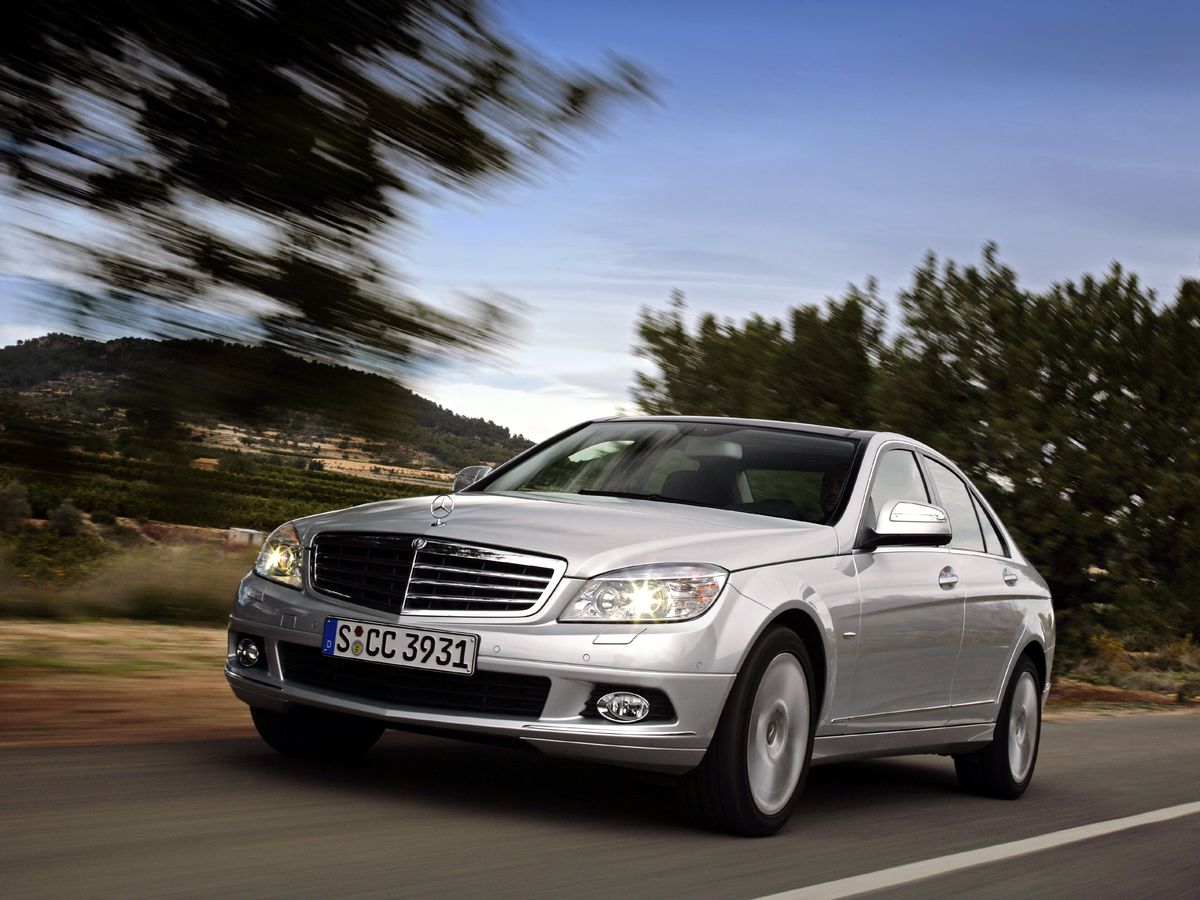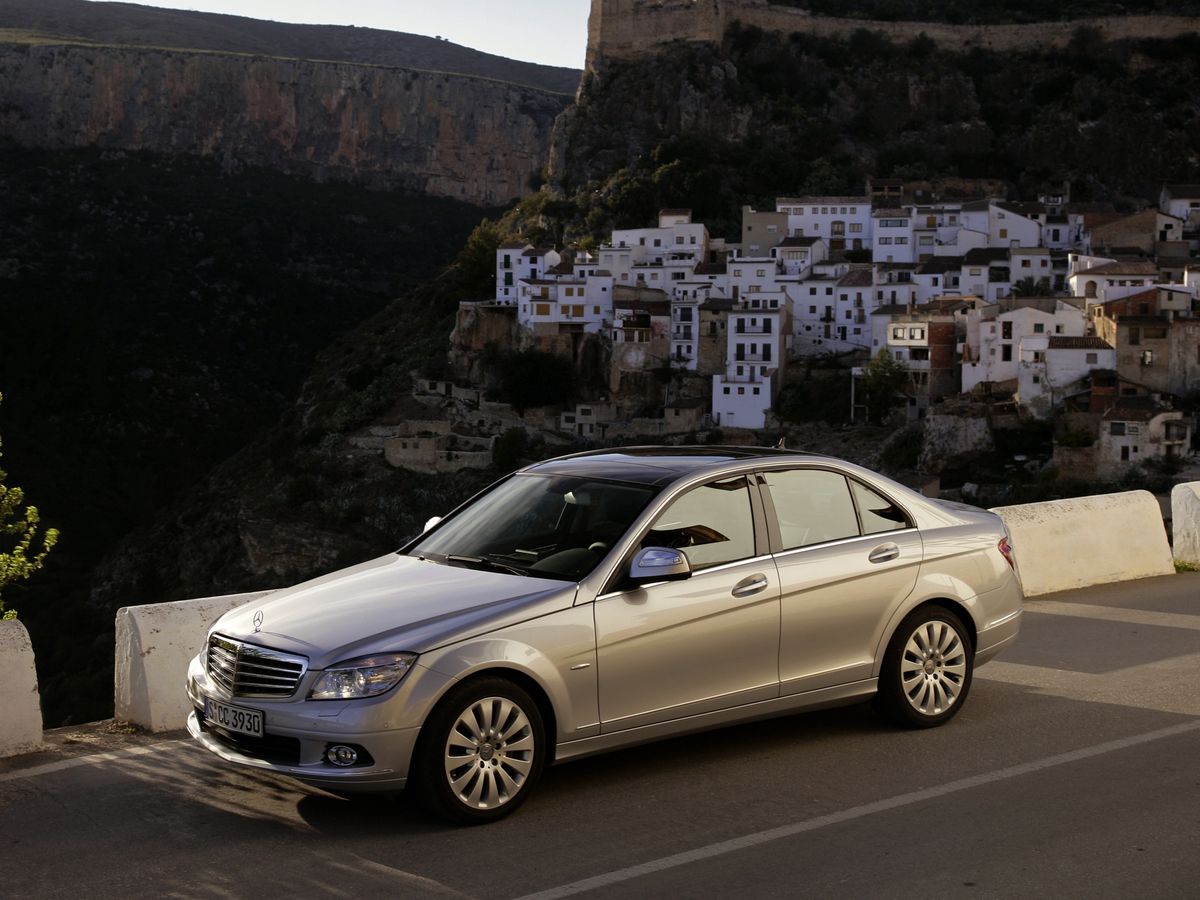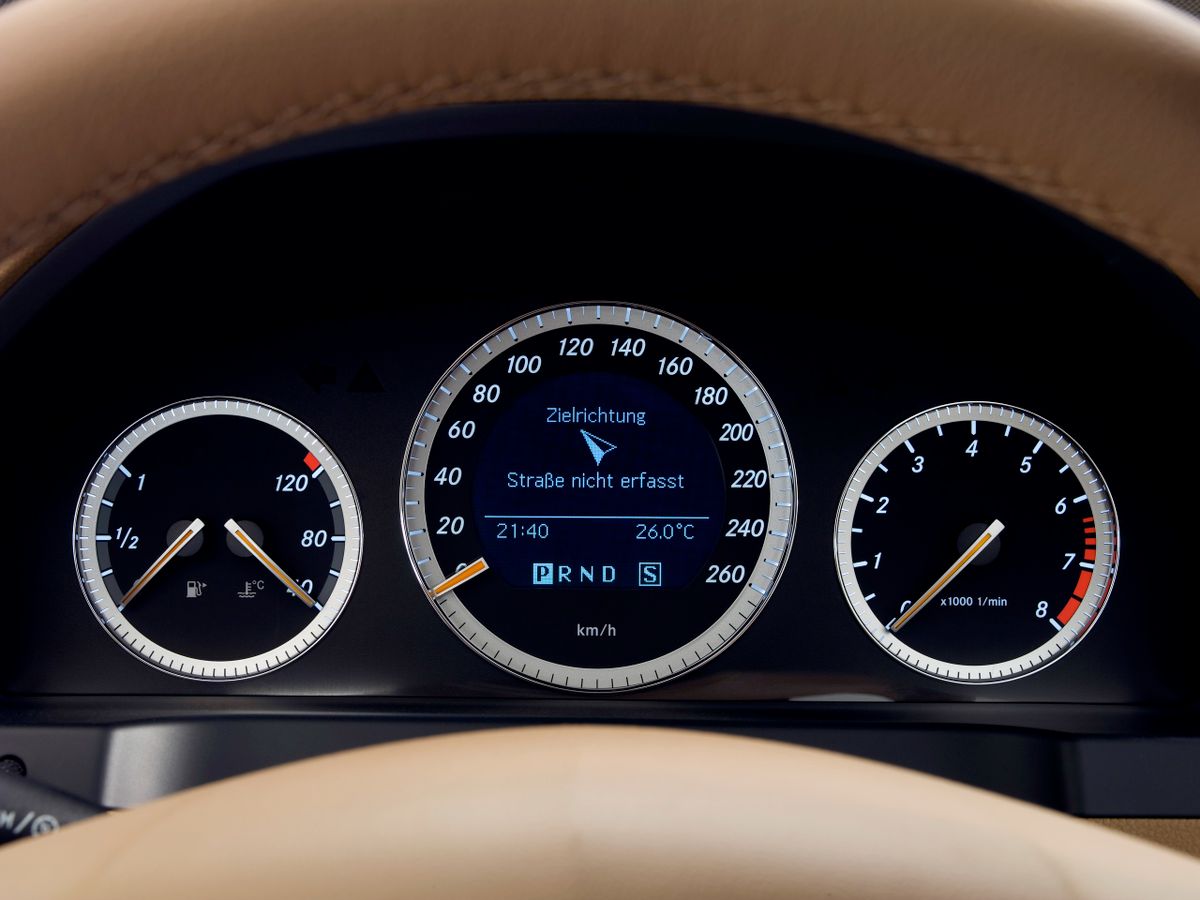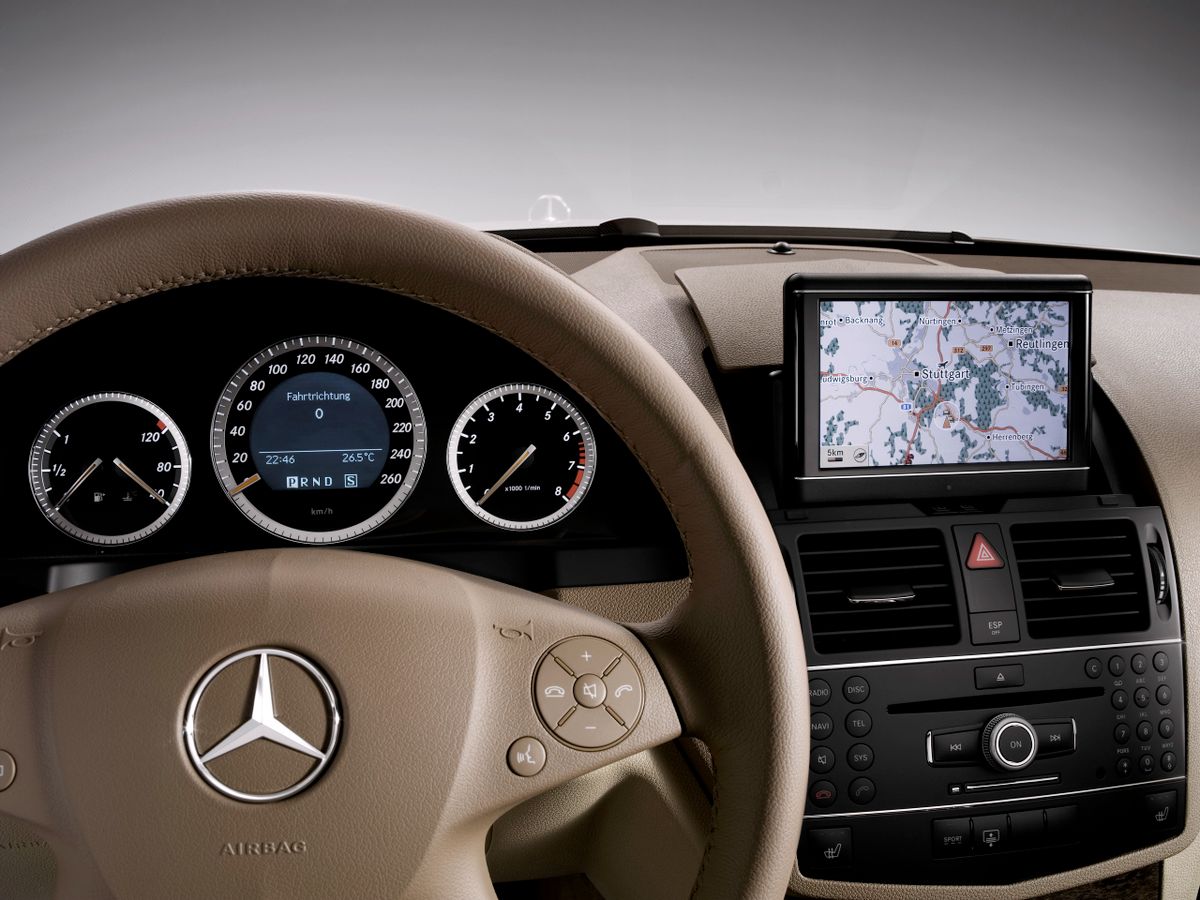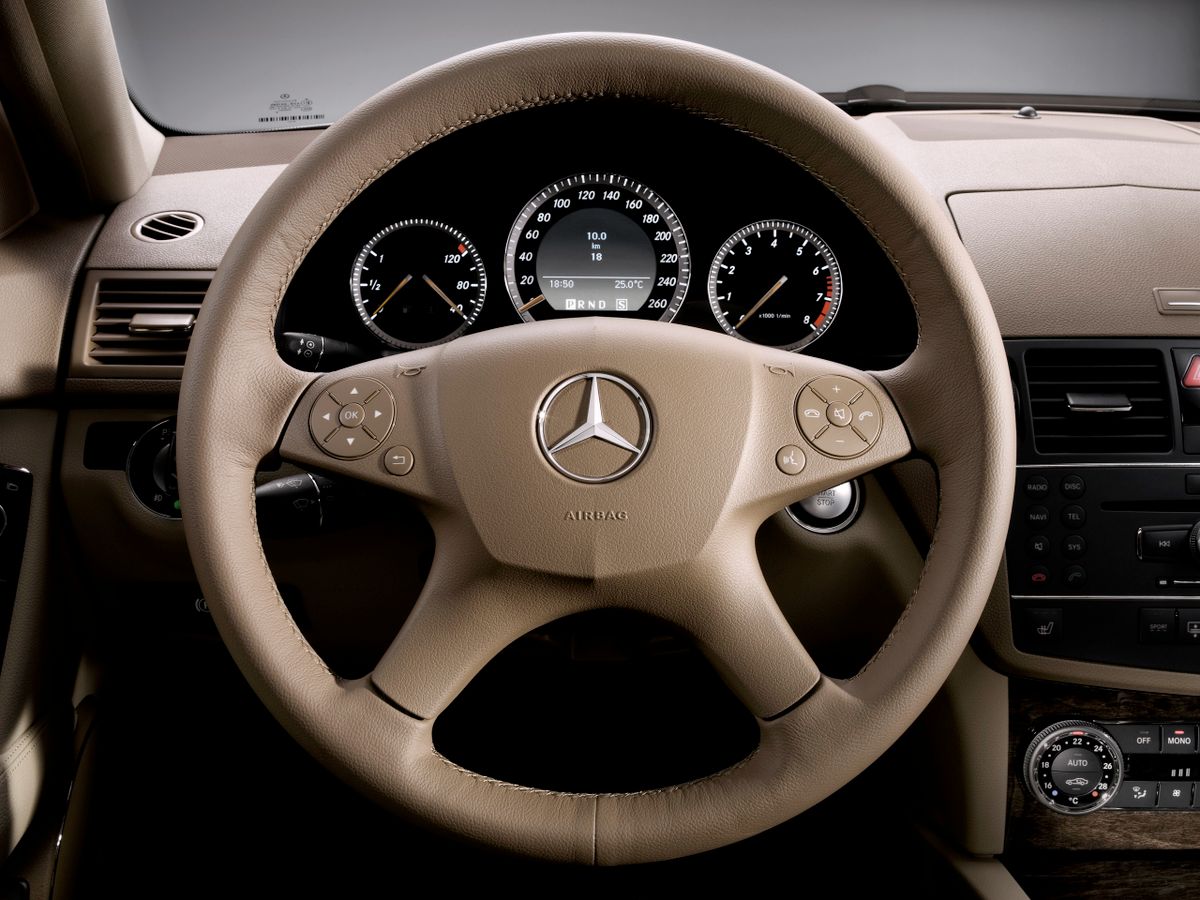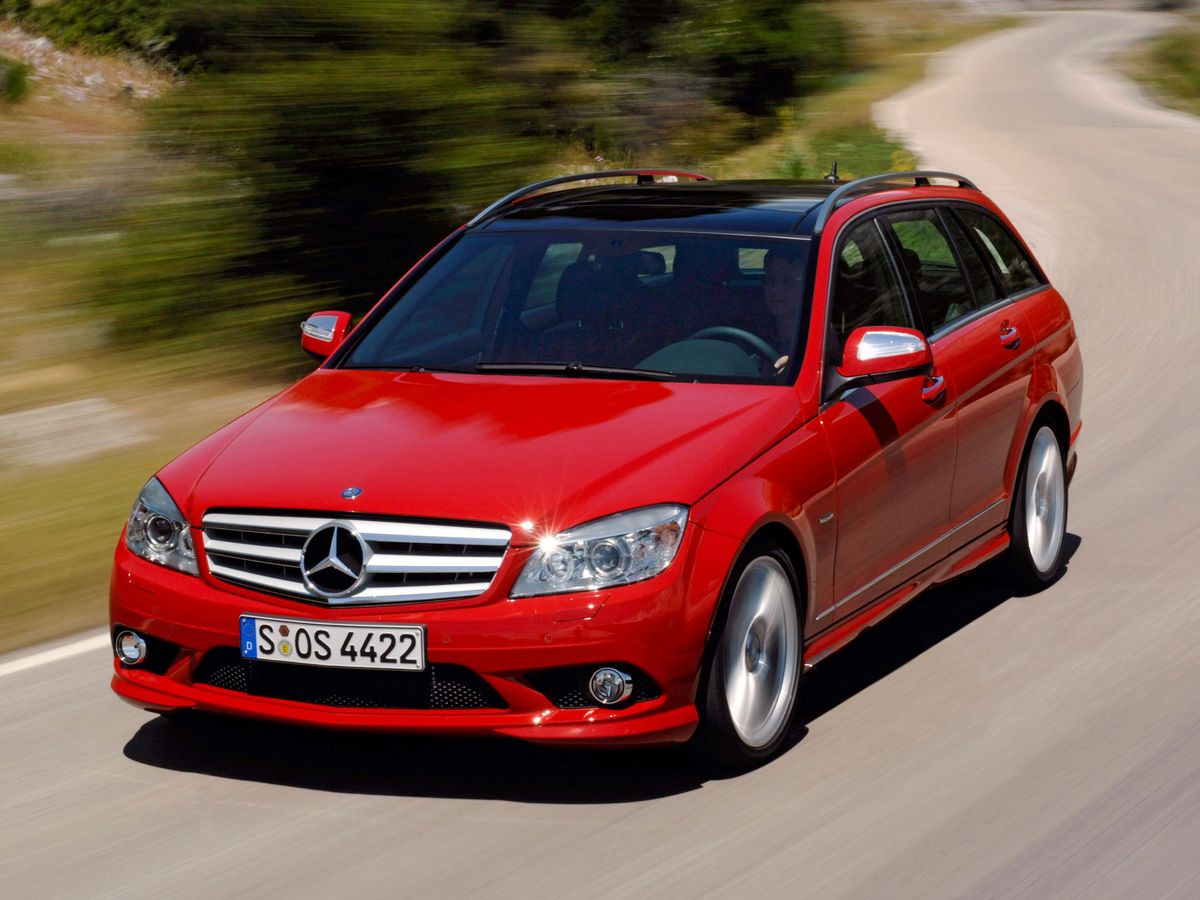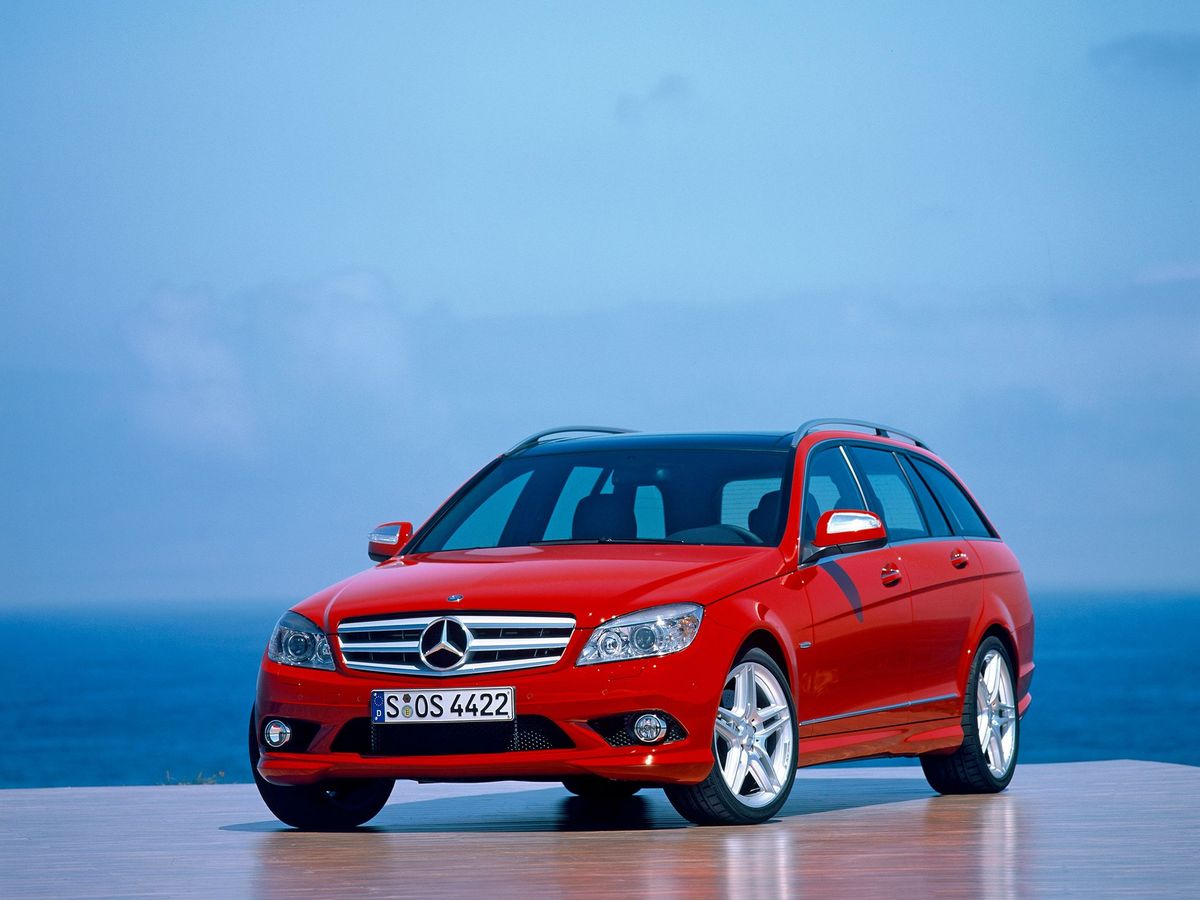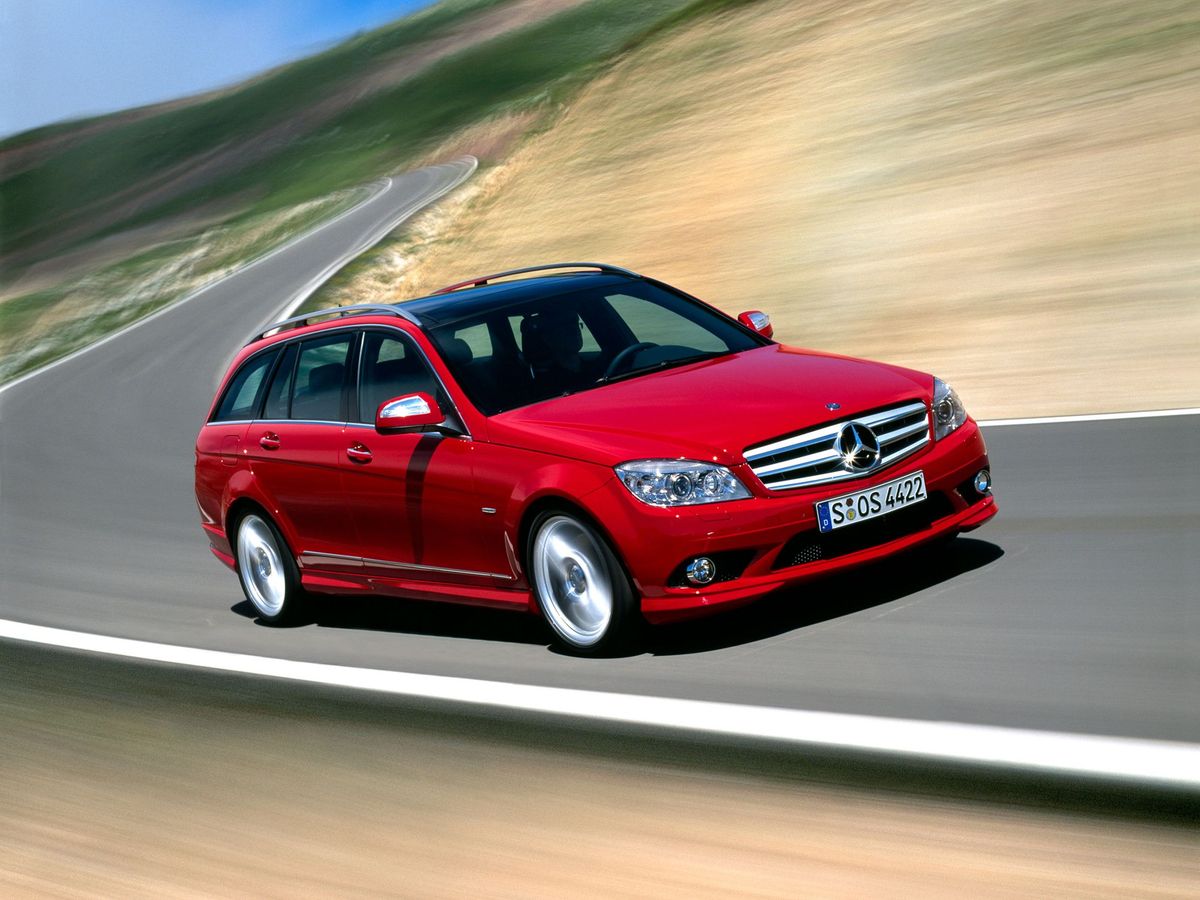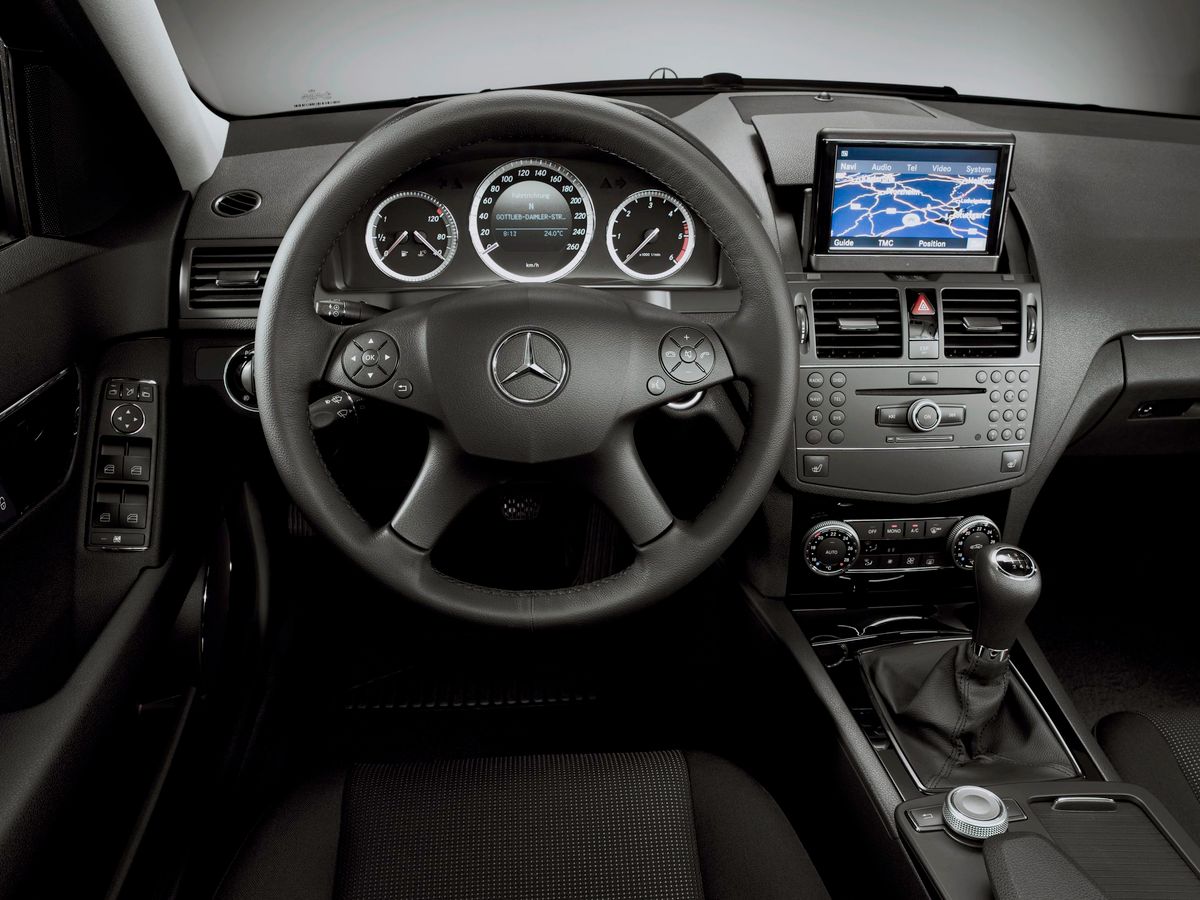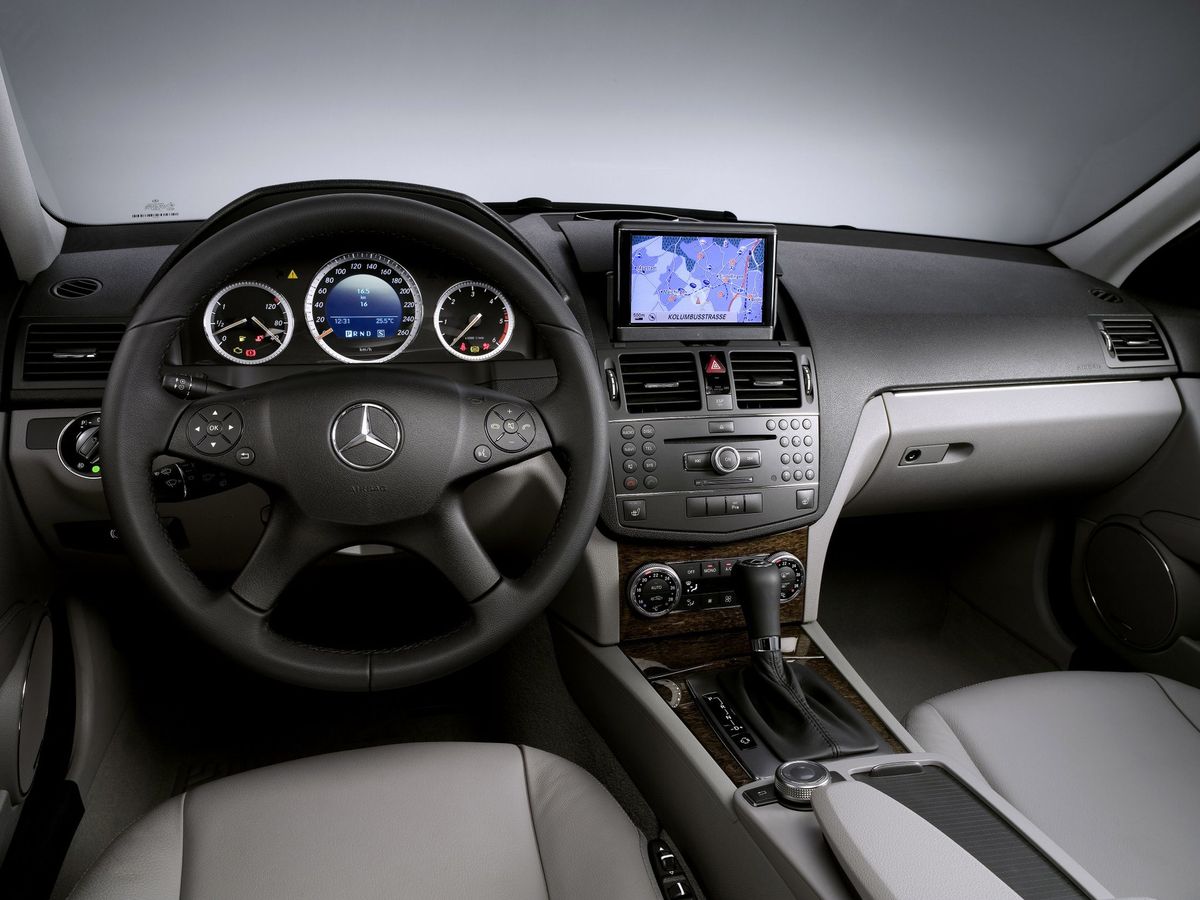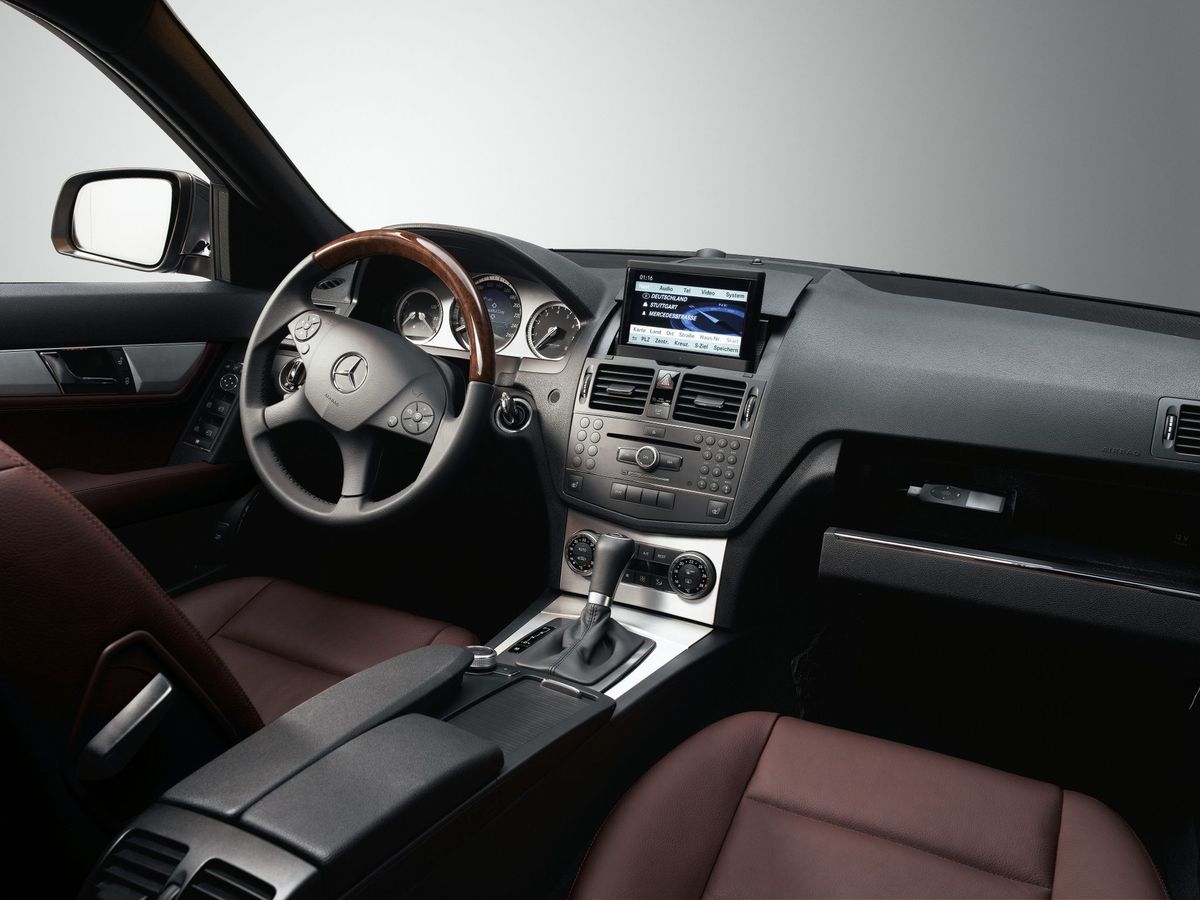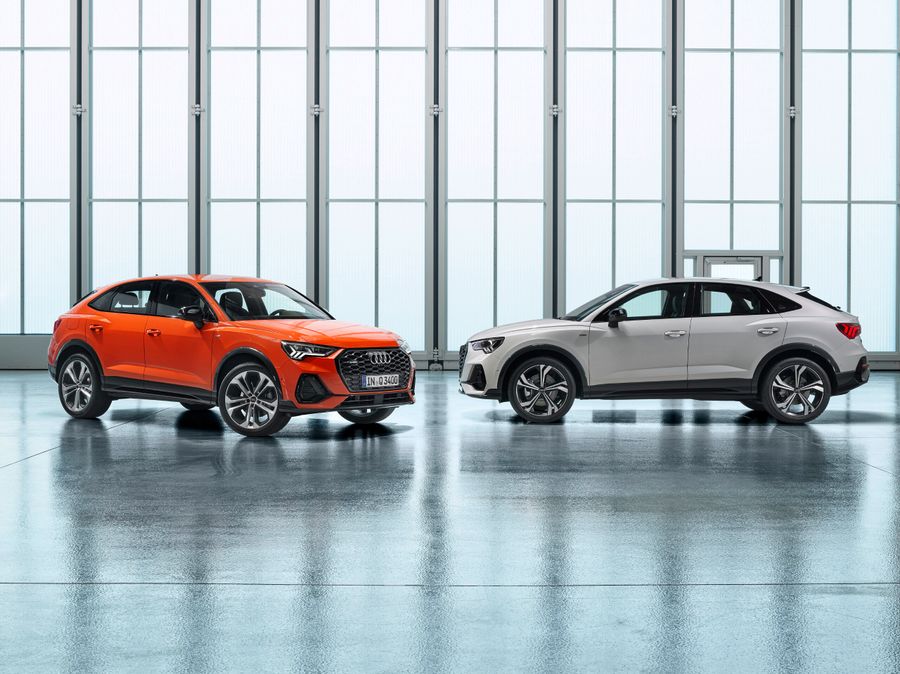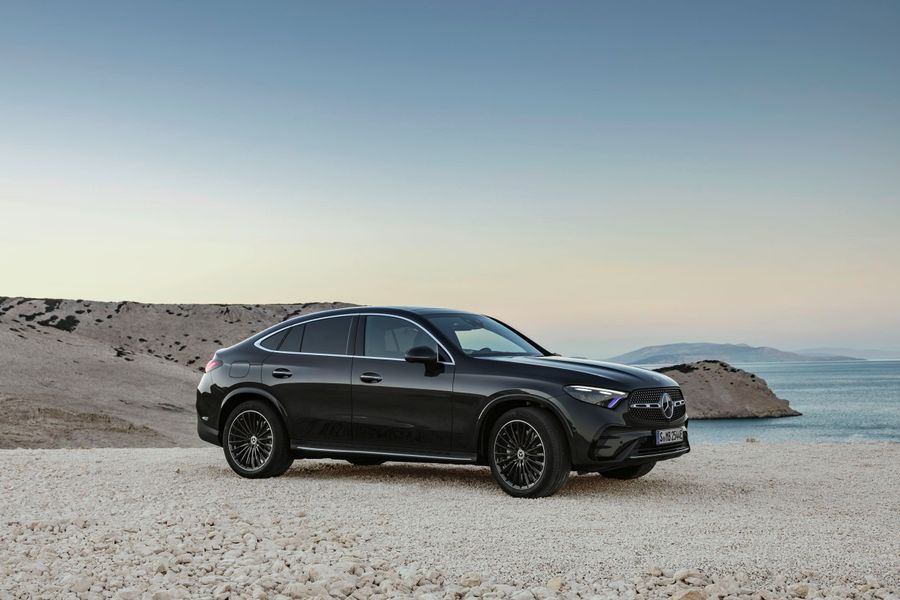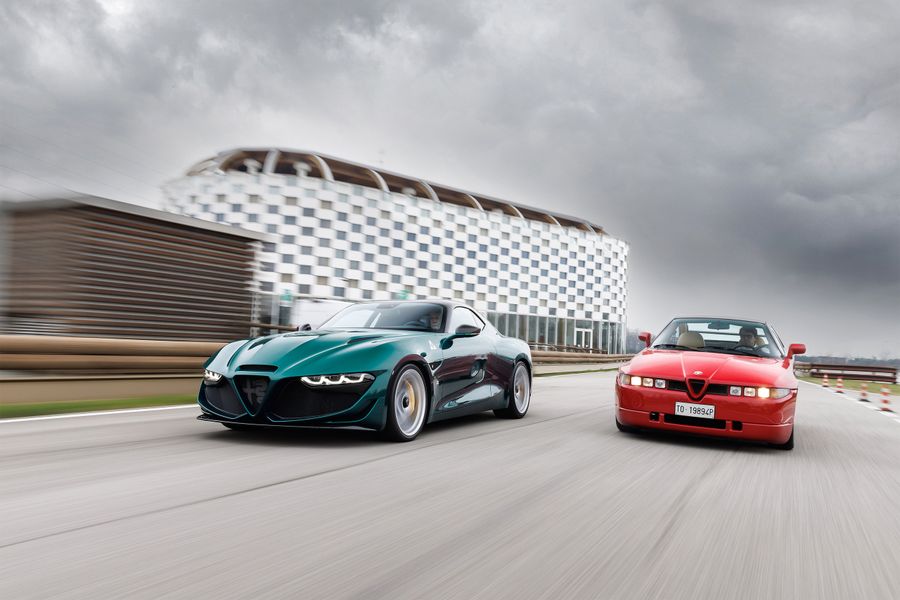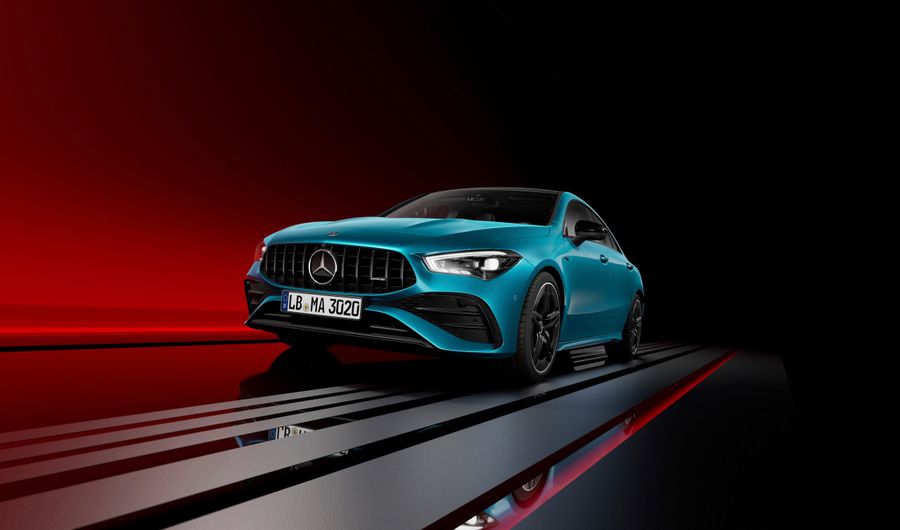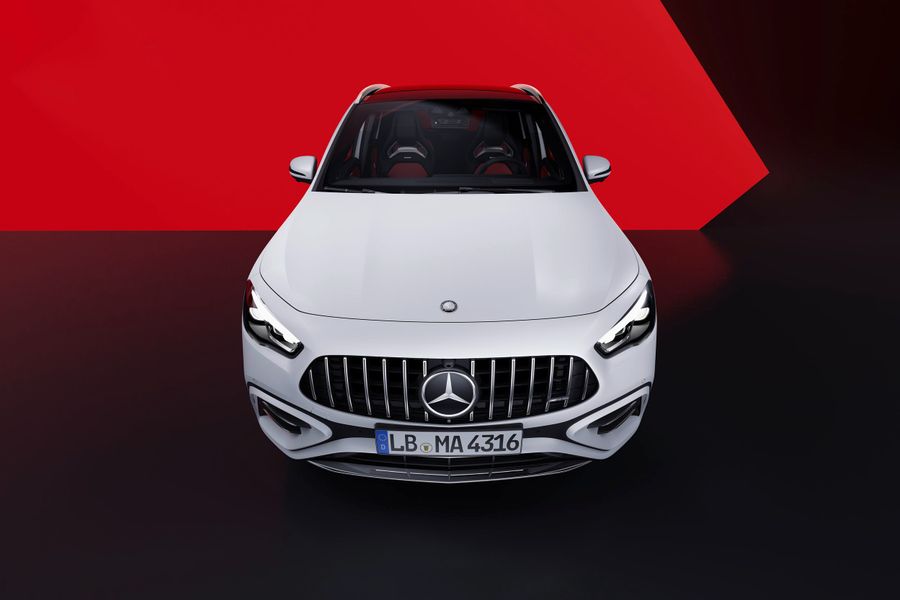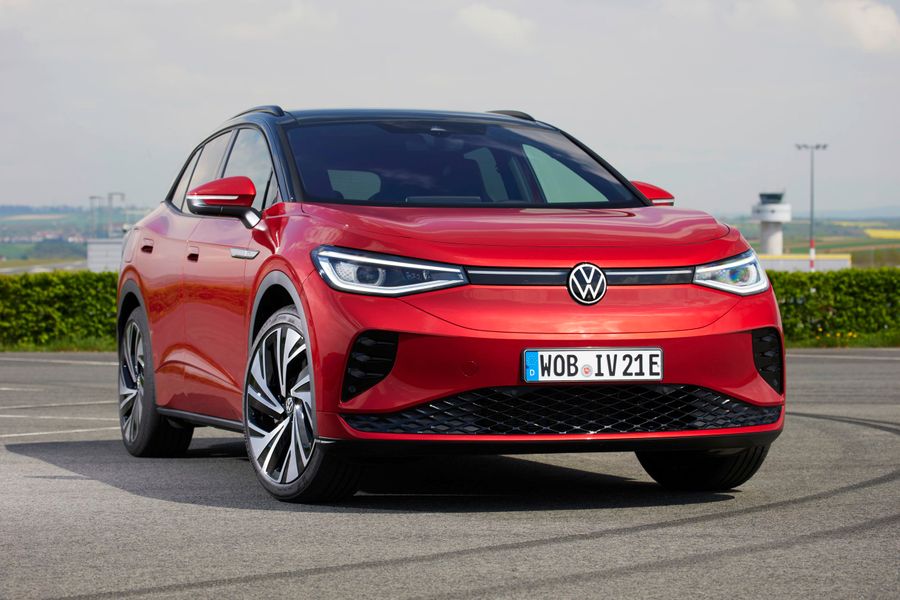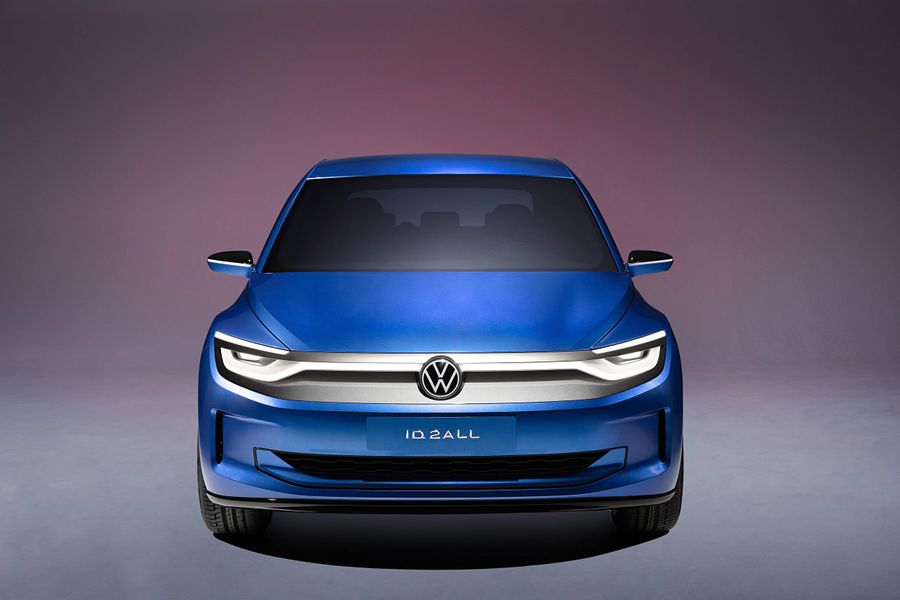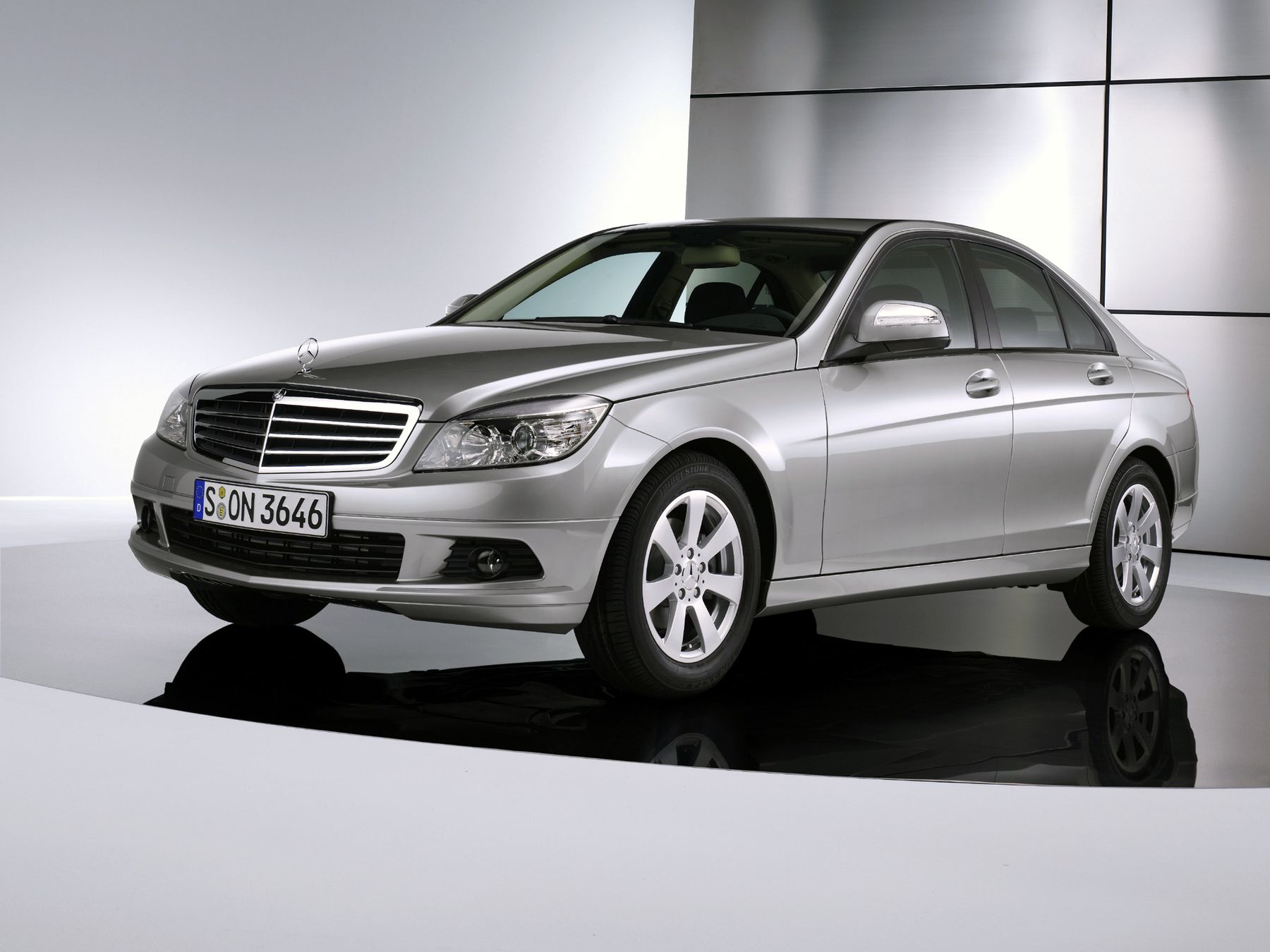
The most popular conqueror of the United States in Germany
In 2010, it was the third generation Mercedes-Benz C-Class that was the most demanded middle class car in Germany, with the largest number of sales, overtaking even the ultra-popular VW Passat. And all over the world, the C-Class models were treated with great respect. The high reputation of the C-Class was based on the consistently high quality of cars and the ability of developers to improve what, it would seem, is perfect.
Interior and exterior of the W204
Compared to the previous W203, the Mercedes C-Class sedan (W204) was 55 mm longer (4,581 mm), 42 mm wider (1,770 mm), 15 mm higher (1,441 mm) and had 45 mm longer wheelbase (2,760 mm). The drag coefficient was reduced to 0.25–0.33, depending on the model.
The Mercedes C-Class sedan (W204) was available in three standard versions: Classic, Elegance and Avantgarde. The entry-level Classic models included 16-inch alloy wheels, climate control air conditioning, power front seats, cruise control, front and rear fog lights, rear parking sensors, automatic headlights, rain-sensing wipers, mobile phone interface, remote control central locking, power windows and heated mirrors, trip computer, tire pressure monitoring system, immobilizer and much more.
The Elegance and Avantgarde were equipped with electrochromatic and power rear-view mirrors. These versions of the cars were distinguished by high-quality interior trim.
Like the previous generation, the W204 was produced in sedan (from 2007 to 2014), estate (from 2011 to 2014) and coupe (from 2011 to 2015) variants. There were modifications with rear and 4MATIC all-wheel drive.
Engines and chassis
The W204 was equipped with a three-link front suspension with MacPherson struts and an independent multi-link rear suspension. The suspension was equipped with an Agility Control damping system. The suspension behavior was corrected hydromechanically.
The entry-level versions of the W204 were equipped with four-cylinder M271 and V6 M272 engines and I4 OM646, OM651, V6 OM642 diesel engines. These engines were borrowed from the second generation. They were slightly modified, but retained the legendary reliability. The modernization was about increasing power while reducing fuel consumption and emissions.
Back in 2008, new OM651 turbocharged four-cylinder diesel engines were added to the standard list of engines.
Safety
Standard safety features of the Mercedes W204 included dual front airbags, driver’s knee airbag, front and rear side airbags, full-size curtain airbags, ABS, electronic brake force distribution, brake assist, electronic stability control, traction control, active front seat head restraints, front and outer rear seat belts with pretensioners and load limiters.
At the stage of development, the W204 underwent a virtual crash test, that is, a virtual car was first crashed. And it was the first digital crash test in the automotive industry.
Moreover, the new C-Class was equipped with the PRE-SAFE proactive passenger protection system and emergency braking preparation systems. The high level of safety was confirmed by Euro NCAP crash testing, according to the results of which the W204 was awarded the highest five-star safety rating.
Interestingly, at the stage of development, the W204 underwent a virtual crash test, that is, a virtual car was first crashed. And it was the first digital crash test in the automotive industry.
W204 subtypes
Throughout the existence of the W204, several modifications of this car were developed. In 2007, it was possible to order the all-wheel drive model. The S204 station wagon began to conquer the world. In addition, the automaker attempted to introduce a hybrid version, called the C300 BlueTEC Hybrid with a 4-cylinder petrol engine and a hybrid system, with a total output of 224 hp.
In 2008, the fleet of the third generation C-Class was supplemented by vehicles with the BlueEFFICIENCY label, which were designed to minimize fuel consumption and increase operational efficiency. The body, windows, headlights and other elements were modified. This model had an aerodynamic drag coefficient of 0.25.
The engines also underwent modernization, resulting in the fuel-efficient C180 KOMPRESSOR BlueEFFICIENCY, C200 CDI BlueEFFICIENCY and C350 CGI BlueEFFICIENCY units. By 2010, the developers have modified other power units in the BlueEFFICIENCY style, including C220, C250, C180 CGI and others.
Success, success again
Like the previous generations of the C-Class, the 204 was successful, which was indicated by the constant sales growth from the very first day of the model’s introduction to the market (more than 75 thousand units were ordered even before the launch of the model).
And in 2010, the volume of sales of the W204 exceeded one million. More than 800 thousand of them were sedans. And a quarter of all the 204 models were sold in the USA, even more than in Germany! Prior to restyling, about 1.2 million third generation C-Class Mercedes W204 cars were sold.


